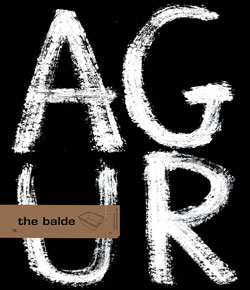doctor bloodsucker
When we think of how leeches were used we immediately conjure up images of quack doctors and the crude health services of the Middle Ages. We are wrong however. Hospitals in France and the USA have begun to use this traditional medicinal method once again and they have had some astounding results. The Egyptians were the first to discover how useful leeches could be for healing the sick. Knowledge of the healthy characteristics leeches were endowed with soon spread to other civilisations. So it should come as no surprise to discover that it’s biological name is Hirudo Medicinalis. 19th Century France used 60 million of these little fellows a year in spas, hospitals and sanatoriums. Lots of them were incorrectly used to try and cure tuberculosis. Later science rejected traditional medicine rooted in nature and leeches were soon forgotten about.
The leech is a parasite. It has successfully developed it’s bloodsucking abilities over thousands of years and has thus managed to survive. The results of this evolution are spectacular. The leech has 300 micro-teeth in its mouth and can suck up to 20 cubic centimetres of blood before it’s had its fill. The most amazing features it has developed are, however, its own anaesthetic, anti-clotting agent and anti inflammatory. Thanks to its anaesthetic, it can latch onto its victim, who won’t even know it’s there. Once it’s stuck on, it injects an anti-clotting agent named hirudine and this causes the veins to dilate and thus the blood flow quickens.
The leech is a pharmaceutical-chemical bomb. Thanks to hirudine, the process of creating news veins speeds up rapidly and official medicine has copped on to it. Nowadays, doctor bloodsucker is used in micro-surgery and ear and finger implants.
The leech is a parasite. It has successfully developed it’s bloodsucking abilities over thousands of years and has thus managed to survive. The results of this evolution are spectacular. The leech has 300 micro-teeth in its mouth and can suck up to 20 cubic centimetres of blood before it’s had its fill. The most amazing features it has developed are, however, its own anaesthetic, anti-clotting agent and anti inflammatory. Thanks to its anaesthetic, it can latch onto its victim, who won’t even know it’s there. Once it’s stuck on, it injects an anti-clotting agent named hirudine and this causes the veins to dilate and thus the blood flow quickens.
The leech is a pharmaceutical-chemical bomb. Thanks to hirudine, the process of creating news veins speeds up rapidly and official medicine has copped on to it. Nowadays, doctor bloodsucker is used in micro-surgery and ear and finger implants.



